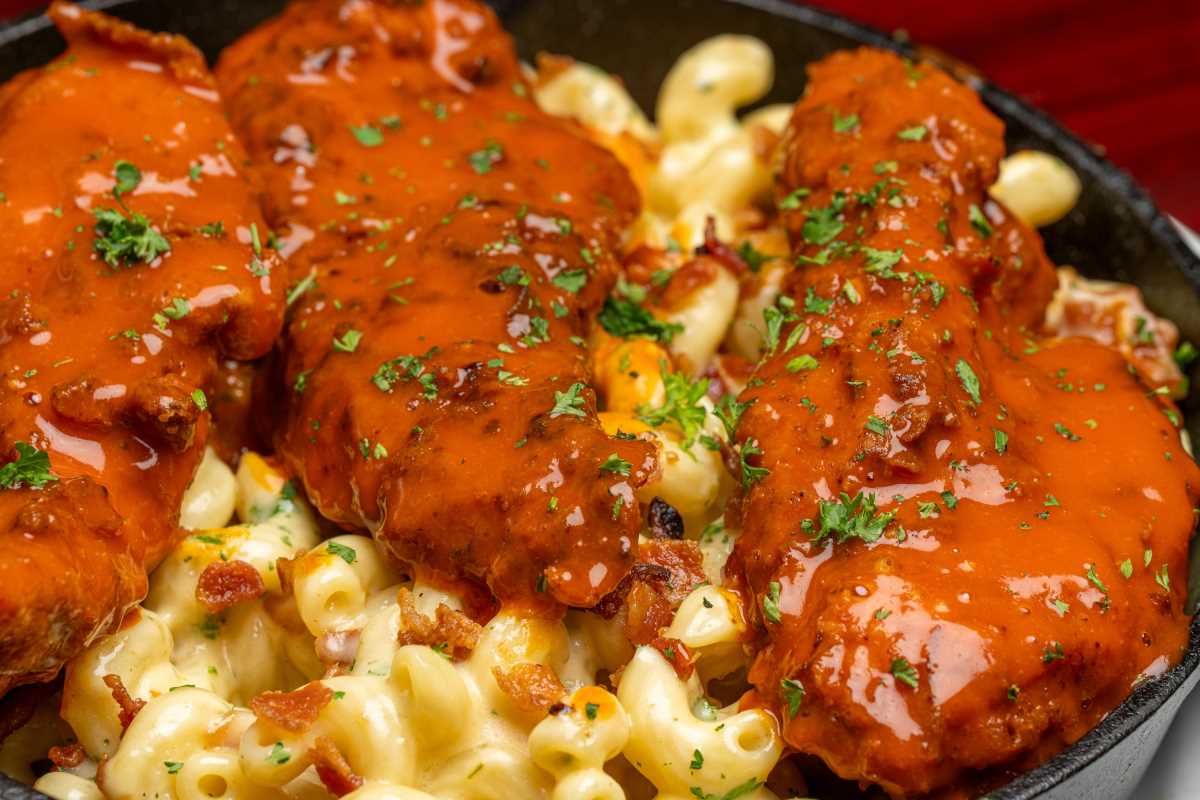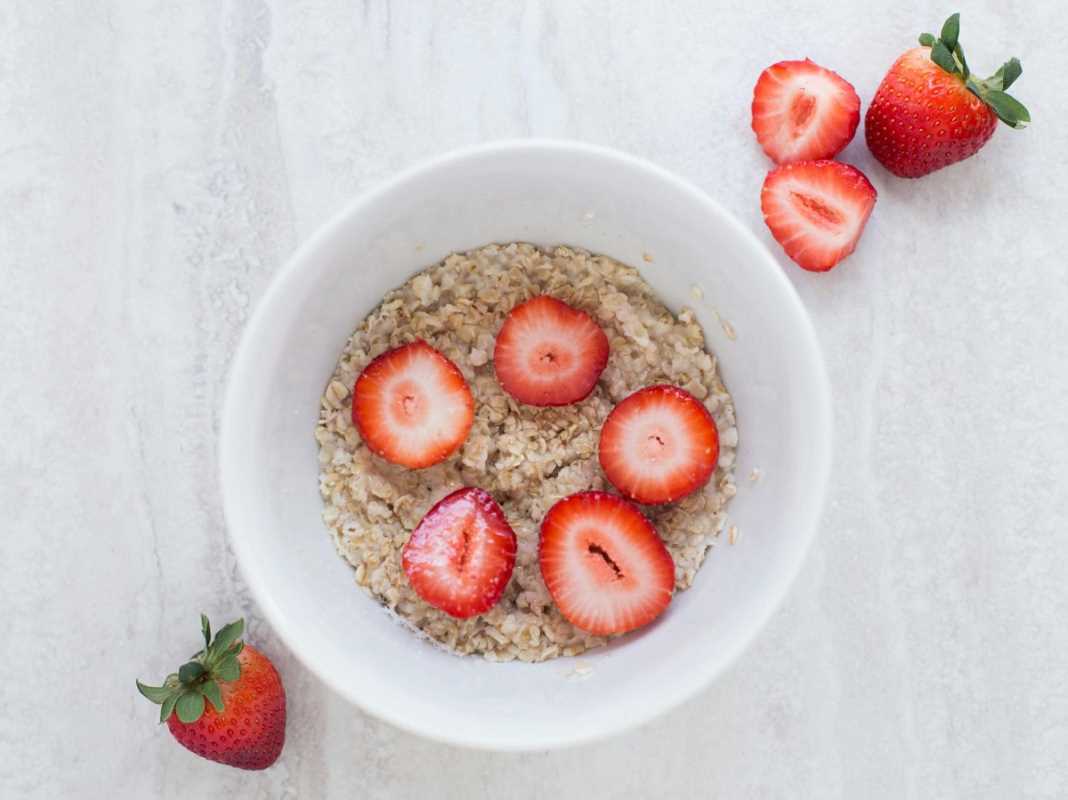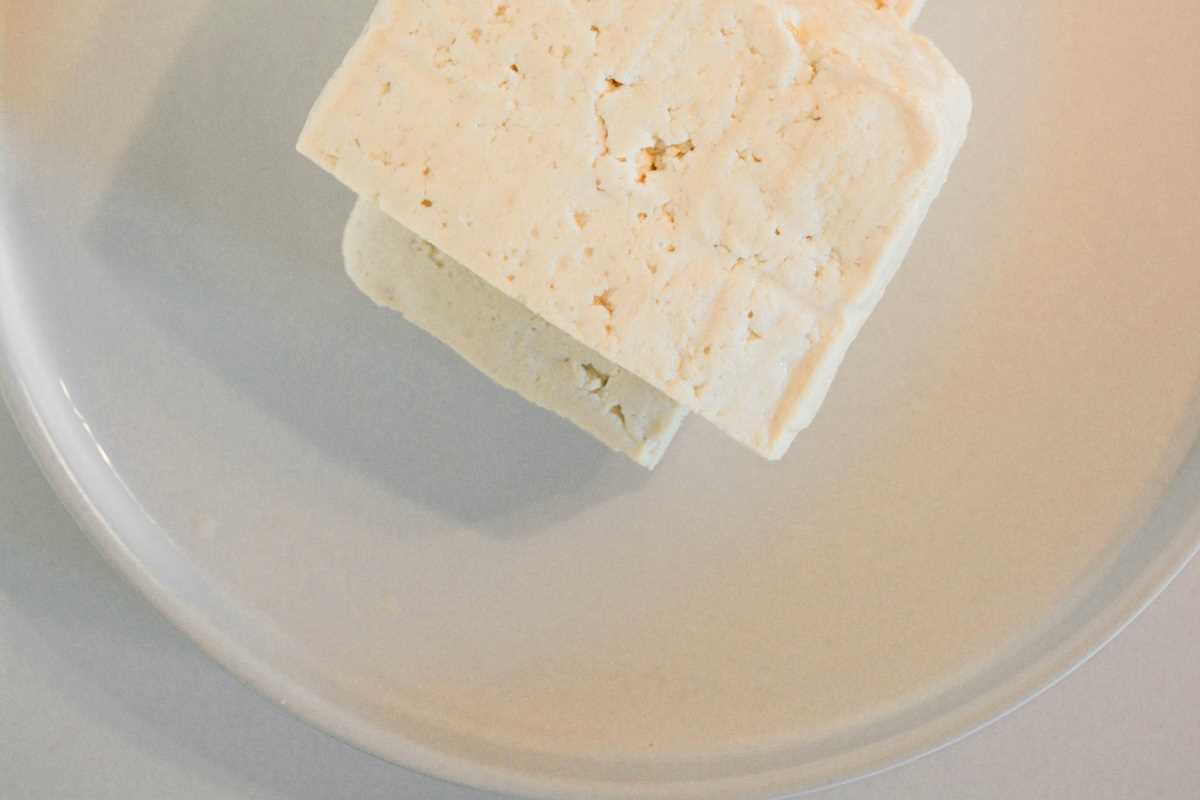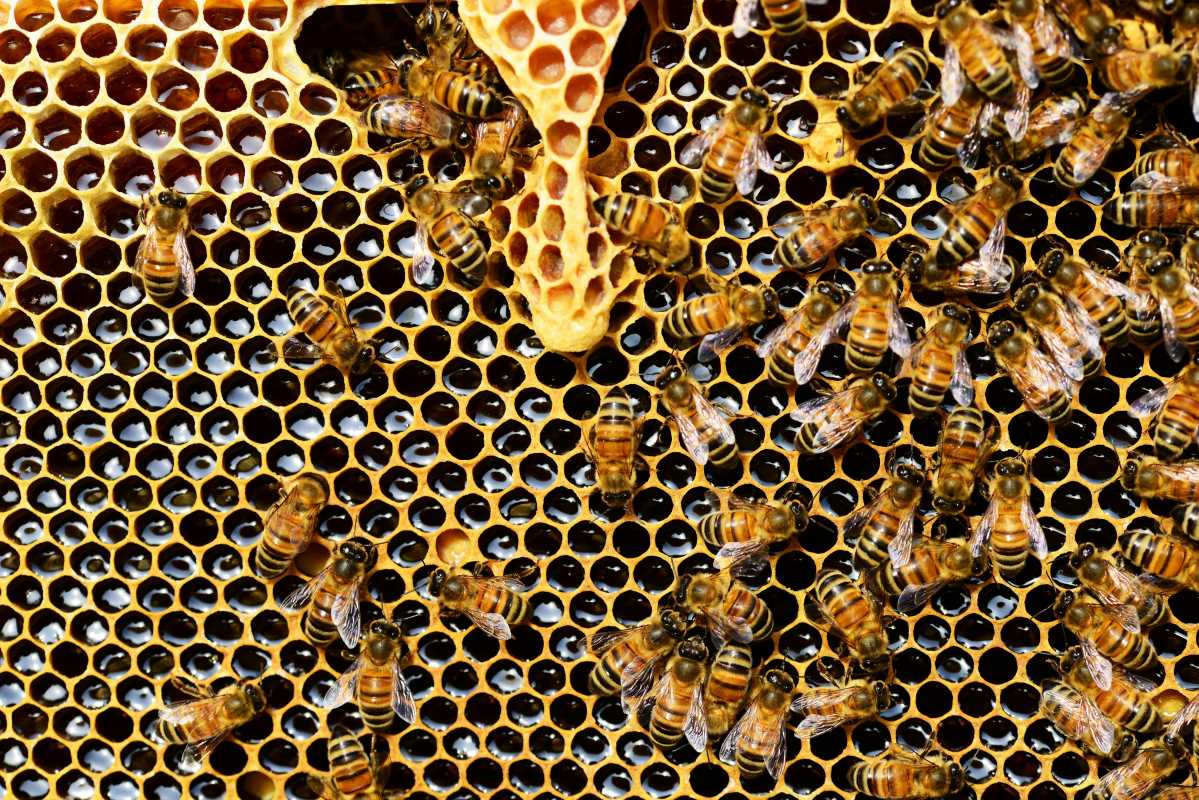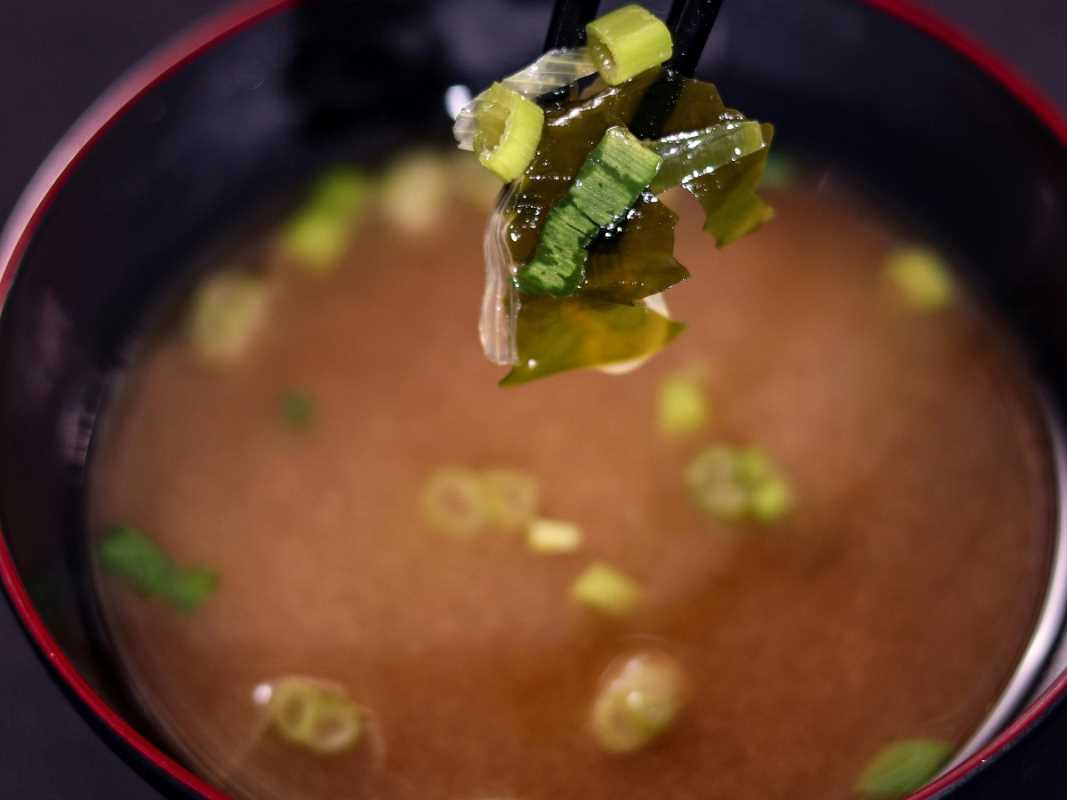Getting enough protein on a vegan diet might seem challenging at first, but the truth is, plant-based eating offers a wealth of protein-packed options. From legumes to grains, nuts, seeds, and even innovative plant-based meat alternatives, there’s no shortage of ways to meet your nutritional needs while enjoying satisfying, balanced meals.
This guide dives into the best vegan protein sources, explaining their nutritional benefits, practical ways to include them in your diet, and tips for creating well-rounded dishes to fuel your body.
Why Is Protein Important?
Before exploring vegan protein sources, it’s helpful to understand the role of protein in your diet. Protein is vital for building and repairing tissues, supporting immune function, and producing enzymes and hormones. For vegans, finding diverse protein sources ensures not only meeting daily requirements but also consuming a wide range of essential amino acids, the building blocks of protein.
Most adults need roughly 0.8 grams of protein per kilogram of body weight. For example, a person weighing 150 lbs (68 kg) would need about 54 grams of protein daily. Active individuals or those looking to build muscle may require more.
Top Vegan Protein Sources
1. Legumes
Legumes, a staple of plant-based diets, are among the richest sources of protein. This diverse group includes beans, lentils, chickpeas, and peas.
Nutritional Benefits
- Rich in fiber, promoting gut health and satiety.
- Loaded with iron, zinc, and B vitamins.
- Affordable and versatile in cooking.
How to Use Them
- Black Beans: Toss into tacos, rice bowls, or soups.
- Lentils: Ideal for hearty stews, curries, or veggie burgers.
- Chickpeas: Blend into creamy hummus, roast for snacks, or add to salads.
- Split Peas: Make a comforting split pea soup or a plant-based dip.
A quick tip: Pair legumes with grains like rice or quinoa to create a complete protein containing all nine essential amino acids.
2. Grains and Pseudograins
Grains not only provide carbohydrates for energy but also contribute significantly to your protein intake. Certain pseudograins, like quinoa and amaranth, are particularly protein-rich.
Nutritional Benefits
- High in complex carbohydrates that fuel your brain and body.
- Packed with vitamins, minerals, and antioxidants.
Protein-Packed Grains
- Quinoa: Technically a seed, quinoa is a complete protein boasting 8 grams per cooked cup. Use it in salads, stir-fries, or as a breakfast porridge.
- Farro: A chewy ancient grain with 5 grams of protein per cooked cup, perfect for soups or grain bowls.
- Oats: Contain 6 grams of protein per half-cup serving dry. Enjoy as overnight oats or add to smoothies.
- Rice and Beans Combo: When combined, this classic pairing provides a full set of amino acids, making it a complete protein meal.
3. Nuts and Nut Butters
Though higher in fat, nuts and their butters are excellent plant-based protein sources when enjoyed in moderation. Plus, they’re packed with heart-healthy fats and minerals.
Nutritional Benefits
- Provide omega-3 fatty acids (especially walnuts).
- High in magnesium, a mineral crucial for muscle function and energy production.
How to Use Them
- Almonds, pistachios, or cashews as on-the-go snacks.
- Drizzle almond or peanut butter on oatmeal, toast, or smoothies.
- Crush nuts for a crunchy salad topping or sauce base.
- Make pesto using cashews or walnuts for a creamy twist.
Avoid added sugars in nut butters for the healthiest option.
4. Seeds
Small but mighty, seeds are dense in protein and essential nutrients.
Top Picks for Protein
- Chia Seeds: Offer 4 grams of protein per 2-tablespoon serving and are rich in omega-3 fatty acids. Perfect for puddings or adding to smoothies.
- Hemp Seeds: Packed with 10 grams of protein in 3 tablespoons, making them an excellent topping for salads or oatmeal.
- Pumpkin Seeds: Contain 7 grams of protein per ounce. Roast them for a delicious snack or use in baking.
- Flaxseeds: Great in smoothies or as an egg substitute in baking when mixed with water.
A little goes a long way! Sprinkle seeds over meals for an effortless protein boost.
5. Tofu, Tempeh, and Edamame (Soy Products)
Soy is a superstar vegan protein source, providing high-quality, complete protein similar to animal products.
Nutritional Benefits
- Rich in calcium, iron, and isoflavones (plant compounds with antioxidant properties).
- Versatile across a range of cuisines.
How to Use Them
- Tofu: Stir-fry, grill, or scramble it as an egg alternative. Silken tofu works well in smoothies and desserts.
- Tempeh: A fermented soy product with a nutty texture, perfect for adding to sandwiches, salads, or stir-fries.
- Edamame: Young soybeans rich in protein (17 grams per cooked cup). Enjoy steamed with a pinch of sea salt or tossed into noodle dishes.
6. Plant-Based Meat Alternatives
Thanks to advancements in vegan food innovation, plant-based meat products now offer comparable taste and texture to traditional meat.
Examples
- Beyond Meat and Impossible Burger provide 19–20 grams of protein per patty.
- Seitan (made from wheat gluten) is another high-protein option (21 grams per 3-ounce serving).
Tips for Use
- Use plant-based patties for burgers or crumble them for tacos and pasta sauce.
- Stir fry seitan with veggies for a hearty protein-packed meal.
While these products are convenient, enjoy them in moderation as some can be processed or high in sodium.
7. Vegetables
Though less protein-dense than legumes or tofu, vegetables contribute protein to your diet and offer an array of essential vitamins.
High-Protein Veggies
- Spinach: Adds 5 grams of protein per cooked cup, ideal for smoothies or sautés.
- Broccoli: Offers nearly 3 grams of protein per cup and works well roasted or steamed.
- Peas: Contain 8 grams per cooked cup, easily added to risottos, soups, or curries.
Aim to include a variety of vegetables in your meals as they complement other protein sources.
Building Balanced Vegan Meals
Here are a few quick tips to ensure your meals are as balanced as they are satisfying.
- Combine Protein Sources: Mix legumes, grains, or seeds to create complete proteins. For example, enjoy lentil soup with a slice of whole-grain bread.
- Don’t Forget Fats: Add avocados, nuts, or coconut milk to dishes for healthy fat that supports nutrient absorption.
- Think Colorful Plates: Include vibrant vegetables to ensure your meals are packed with vitamins, minerals, and antioxidants.
- Meal Prep: Batch-cook protein-rich components like quinoa, chickpeas, or tofu to assemble quick balanced meals throughout the week.
A Protein-Packed Lifestyle
Meeting your protein needs on a vegan diet doesn’t have to be complicated. With plant-based options like legumes, grains, nuts, seeds, and tofu at your disposal, you can create delicious, balanced meals that fuel your body and delight your palate.
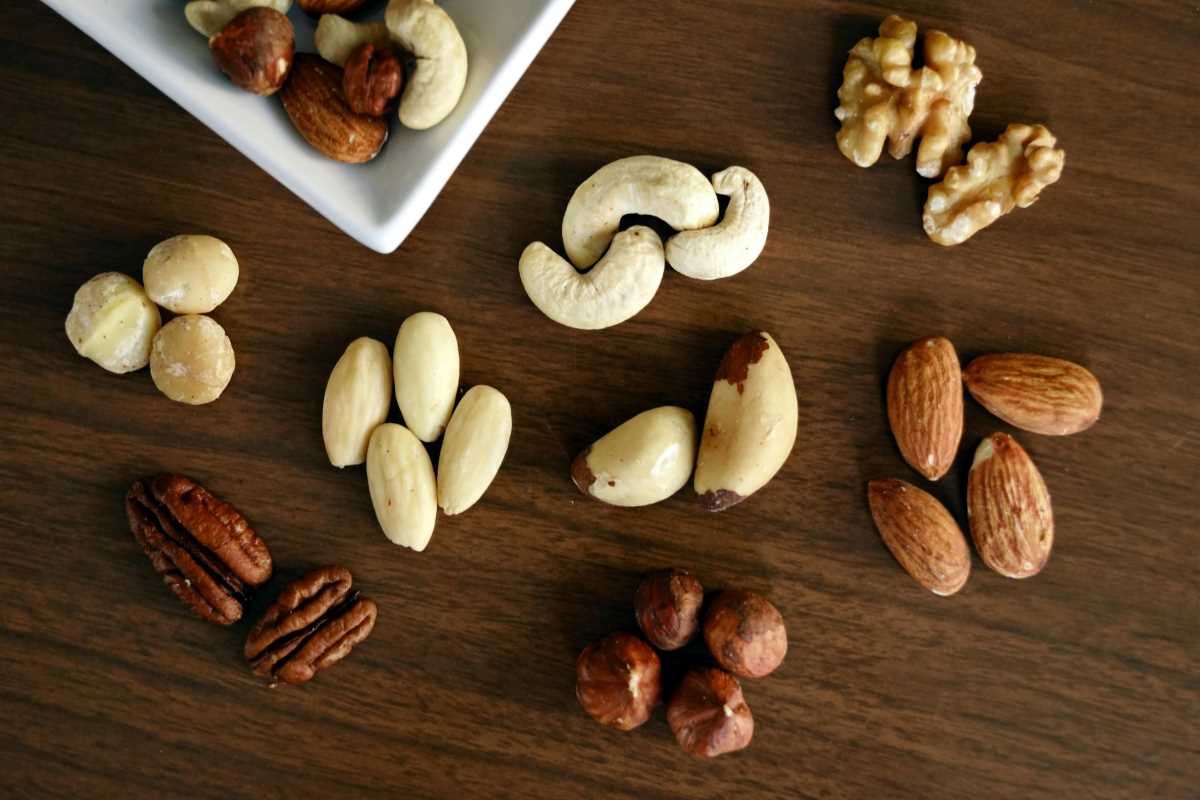 (Image via
(Image via